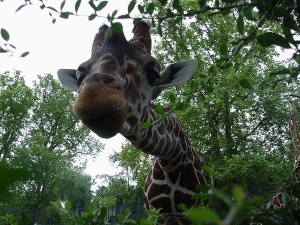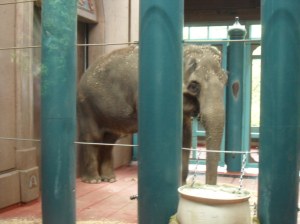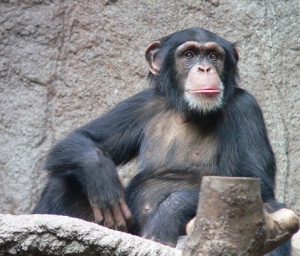Last year, people were outraged when they heard about the zoo in Copenhagen that killed a healthy two-year-old giraffe. Marius was shot because his genes weren’t unique in the European giraffe population and he was unsuitable for breeding programs.
But Marius’ death wasn’t an anomaly. Of the 340 zoos in the EAZA (European Association of Zoos and Aquaria), approximately 3000-5000 healthy “surplus” animals are killed each year.
In the US it’s no better. Animals are often traded among zoos like playing cards and can end up in circus, private collections, or even in “canned hunting” parks, where people can pay to kill them.
Most zoos have captive breeding programs—and of course cute baby animals are a huge draw—but what happens when there are too many animals in the zoo? Unless a zoo is saving species by breeding them and releasing them into the wild, these breeding programs are pointless.
Being born into captivity is no life for an animal. Even the most enriched captive environments simply cannot compare with an animal’s natural habitat.
And if zoo animals aren’t in a natural environment, they won’t be displaying natural behavior—especially when zoos often don’t treat their animals right. Zoos often point to their facilities as being great educational tools for visitors. However, visitors can’t learn about wild animals by visiting captive ones.
It’s better to learn about animals through educational nature shows (ones that film animals from a distance and don’t harass them). PAWS has a great program underway where people can watch their rescued animals on webcams.
I’ve often thought seeing animatronic animals would be better. Realistic-looking robotic animals could be programmed to behave like real, wild animals. People could learn about what animals sound like, look like, and how they act—all without involving real animals. I hope the zoo of the future is a beautiful park with fake animals. (It would cost less to run as well.)
Further reading:







